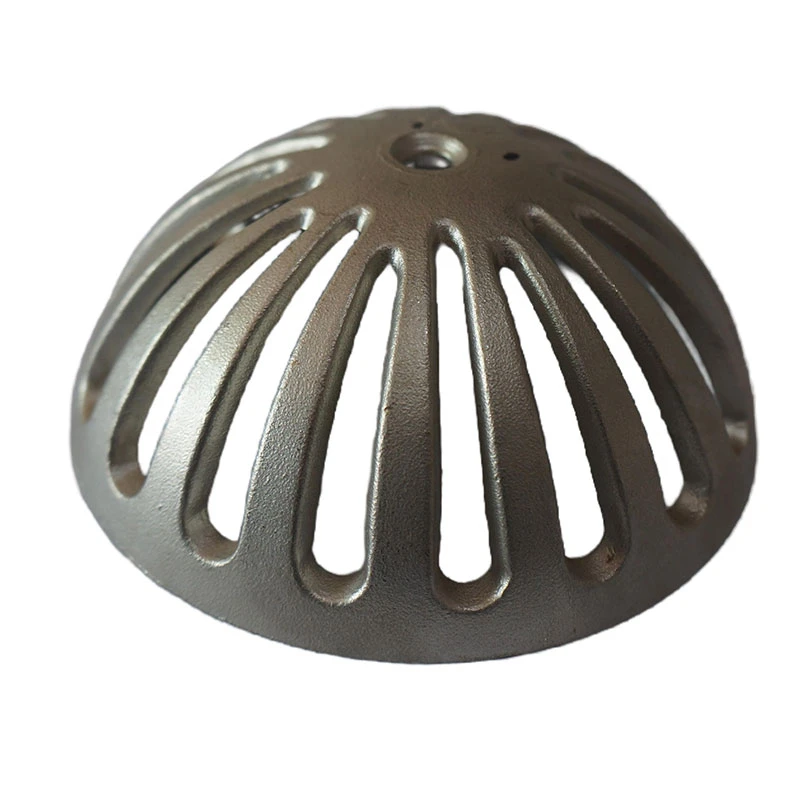Automotive Component Stamping for Efficient Production and Precision Manufacturing
Understanding Car Part Stamping An Essential Process in Automotive Manufacturing
The automotive industry is intricate and multifaceted, involving numerous processes to transform raw materials into the vehicles we depend on today. One critical component in this manufacturing chain is car part stamping—a process that shapes metal into various components essential for vehicle assembly. In this article, we will delve into the intricacies of car part stamping, its significance, and the technology that drives this essential operation.
What is Car Part Stamping?
Car part stamping is a manufacturing process that involves using a die to shape metal sheets into specific components for vehicles. The stamping process typically includes cutting, bending, and shaping operations performed through hydraulic or mechanical presses. The aim is to transform flat sheets of metal into parts that meet precise specifications and tolerances necessary for automotive performance and safety.
The Importance of Stamping in Automotive Manufacturing
The car part stamping process is crucial for several reasons
1. Efficiency and Speed Stamping allows for the rapid production of high volumes of parts. Once a stamping die is created, it can produce thousands of identical parts in a short period, significantly increasing the manufacturing efficiency.
2. Cost-Effectiveness The high-speed production capability of stamping reduces labor and material costs. Although initial investments in die creation and machinery may be substantial, the long-term savings and efficiencies gained during production often outweigh these startup costs.
3. Precision and Consistency Stamping provides excellent accuracy in part dimensions. This precision is vital for ensuring that parts fit together correctly during vehicle assembly, thus enhancing the overall quality and reliability of the end product.
4. Material Versatility Stamping can be performed on various types of metals, including steel, aluminum, and even some composites. This versatility allows manufacturers to select materials that best suit specific vehicle requirements, optimize performance, and manage costs.
The Stamping Process
car part stamping

The car part stamping process generally involves several steps
1. Design and Tooling The process begins with the design of the part and the creation of a die. This die is a specialized tool used to cut or shape the metal. Engineers and designers work together to create highly detailed specifications to ensure the final product meets performance standards.
2. Material Selection The choice of metal is critical. Factors such as weight, strength, and corrosion resistance are considered during this phase, as these properties can influence vehicle performance and lifespan.
3. Pressing The metal sheet is fed into a stamping press, where it is subjected to high pressure using the die. This pressure shapes the metal into the desired form. There are two types of presses commonly used - Mechanical Presses These operate using a flywheel and are best for high-speed operations. - Hydraulic Presses These provide more force and are often used for thicker materials or more complex shapes.
4. Finishing After stamping, parts may undergo additional processes, like trimming, deburring, or surface treatment, to ensure they are ready for assembly.
Innovations in Stamping Technology
As the automotive industry evolves, so does the technology behind car part stamping. Automation plays a significant role in enhancing production efficiency and safety. Incorporating robotics into the stamping process can improve precision while minimizing human intervention. Moreover, advancements in die design and materials have led to longer-lasting dies, reducing downtime and maintenance needs.
Additionally, the rise of electric vehicles (EVs) has prompted manufacturers to rethink their stamping processes, as new materials and designs are essential to reduce vehicle weight and improve efficiency. This shift necessitates ongoing innovation in methodologies and tooling to meet the demand for lighter, more efficient components.
Conclusion
Car part stamping is a foundational element of the automotive manufacturing process, providing speed, efficiency, and precision in producing critical components. As the industry continues to evolve, ongoing advancements in technology and processes will further enhance the capabilities and sustainability of car part stamping, ultimately shaping the future of vehicle manufacturing. Understanding these dynamics is essential for anyone interested in the automotive landscape and its ongoing innovations.
-
OEM Sand Cast Pump Valve Fittings - Baoding Hairun Machinery And Equipment Trading Co., Ltd.NewsAug.01,2025
-
Custom OEM Impellers | High Efficiency & PrecisionNewsAug.01,2025
-
OEM Sand Cast Pump Valve Fittings - Baoding Hairun Machinery | Customization, Quality AssuranceNewsAug.01,2025
-
OEM Sand Cast Pump Valve Fittings - Baoding Hairun Machinery And Equipment Trading Co., Ltd.NewsAug.01,2025
-
OEM Sand Cast Pump Valve Fittings - Baoding Hairun Machinery And Equipment Trading Co., Ltd.NewsJul.31,2025
-
OEM Sand Cast Pump Valve Fittings - Baoding Hairun | Precision Engineering, CustomizableNewsJul.30,2025















